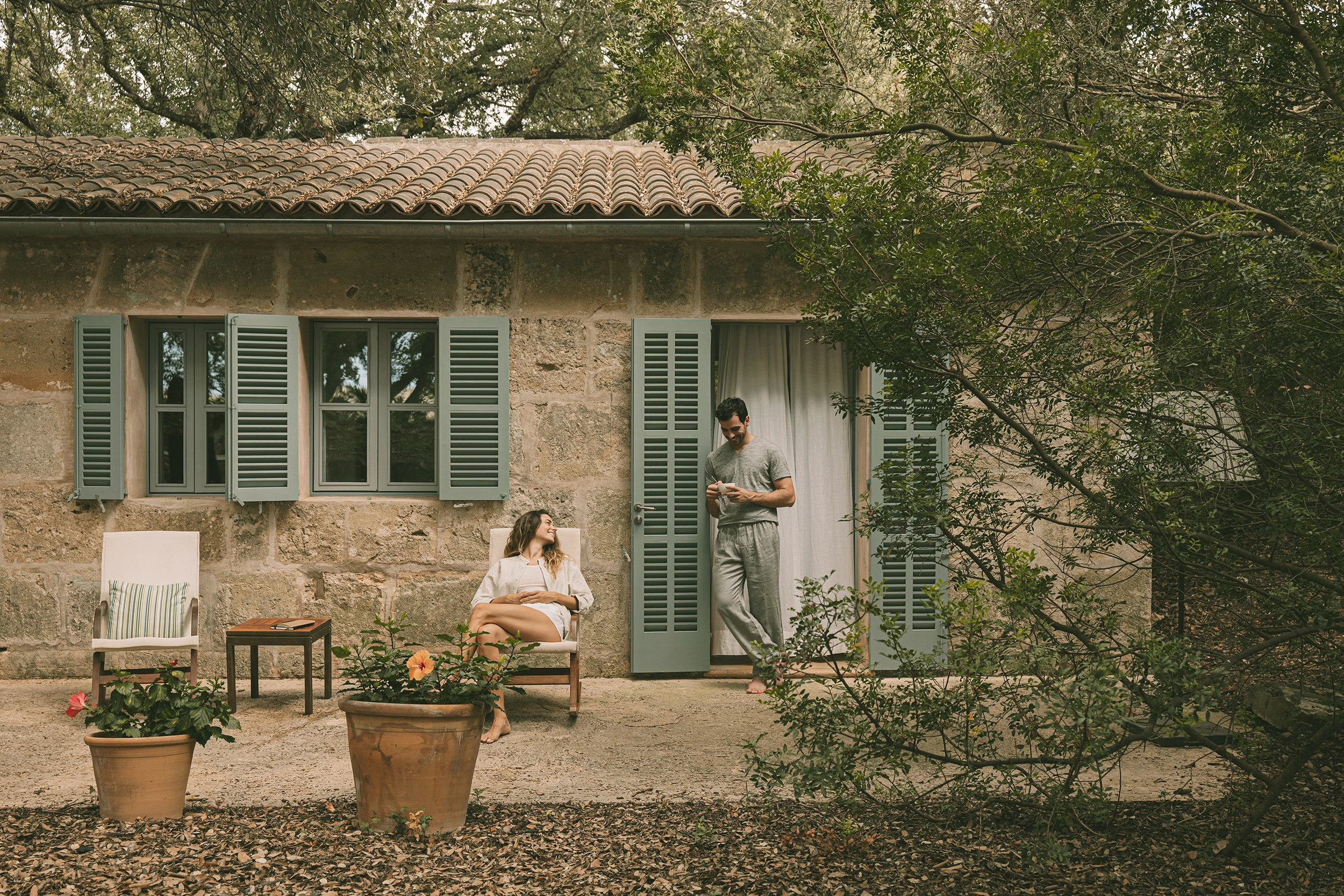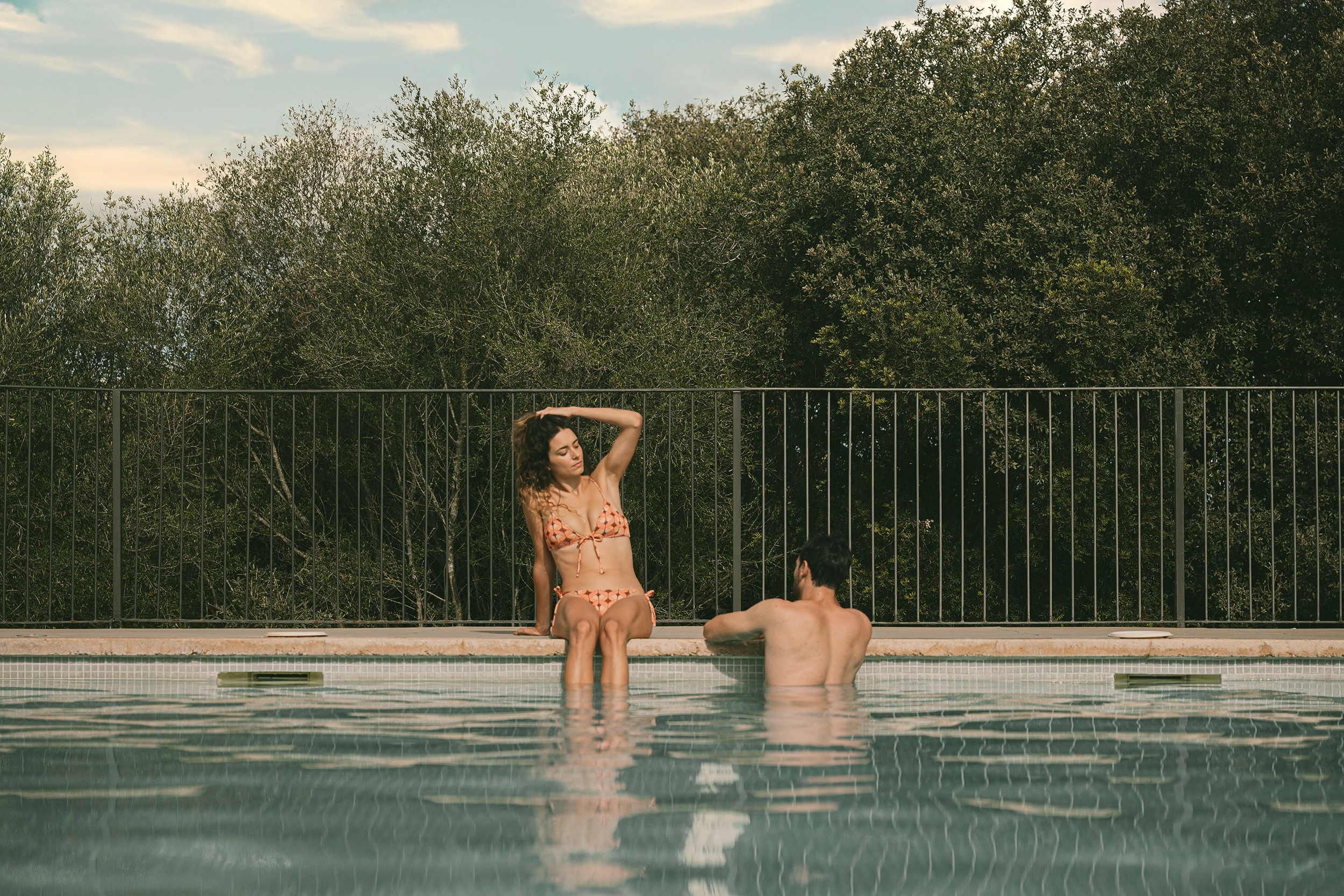1/20/23
THE MOST ICONIC FESTIVALS IN MALLORCA: SANT ANTONI AND SANT SEBASTIÀ
In January, Mallorca celebrates two of its most iconic and colourful festivals: the celebrations of Sant Antoni and Sant Sebastià. The feast day of Sant Antoni is on the 17th January and most towns on the island join in the celebrations by lighting bonfires in the streets and roasting sobrassada and botifarrons, the most traditional Mallorcan sausages, over an open fire.
The festival of Sant Sebastià is celebrated only in Palma, the capital of the island, on the 20th of January, as Saint Sebastian is the patron saint of the city.
From all of us here at Hotel Predi Son Jaumell we'd like to explain what both celebrations are all about, and if you're lucky enough to be visiting Mallorca during the month of January, we recommend you get out and enjoy them!
“Sant Antoni i el dimoni...”
Although the feast day of Sant Antoni is on the 17th of January, the festival begins the night before, on the night of the 16th. The towns that celebrate Sant Antoni the most are those in the east of the island of Mallorca: Sa Pobla, Manacor, Capdepera, Pollença and Artá. Be sure to visit them if you're spending the winter in Mallorca on these dates!
In all these towns, bonfires are lit in the streets and squares on the evening of the 16th of January, and people gather around them to roast, drink wine and sing the popular "gloses" of this festivity, such as 'Sant Antoni i el dimoni'. The lyrics of these "gloses" are accompanied by a 'ximbomba', a highly typical instrument on the island that makes a very peculiar sound.
Bonfires are traditionally lit to burn the devil, which symbolise San Antonio's triumph over evil, after the devil tempted him to leave the Christian life and stop healing animals, but San Antonio resisted. During the eve of the feast of Sant Antoni, it's very typical for some people and groups to dress up as devils and go around the town dancing and scaring people while chasing them.
In the past, the meat roasted on the bonfires lit on the night of Sant Antoni used to come from the pig slaughter and was basically sobrassada, botifarrones and the animal's loin cuts. Another food that's typical of the Sant Antoni festival is cocas with peppers and espinagades, which are similar to empanadas but very spicy.
Sant Antoni is also the patron saint of animals. Because of this, during the afternoon of the 17th, many towns organise the traditional "beneïdes", a blessing that dates back to the Middle Ages when livestock farming was vital for the future of the towns, and with this rite the animals' welfare was assured.
Sant Sebastià, patron of Palma
Sant Sebastià is celebrated only in Palma, as he's the patron saint of the city. The festival of Sant Sebastià is closely linked to that of Sant Antoni. On its eve - the night of the 19th of January - bonfires are also lit and thousands of people gather from all over the island to roast local products.
In the case of Sant Sebastià, the bonfires symbolise a different story to that of Sant Antoni. In this case, they commemorate the bonfires that were built to aid the saint in burning all the pestilent germs in the city and thereby put an end to the plague.
As well as the bonfires, music is another main attraction at the festival of Sant Sebastià. On the night of the 19th of January, the eve of the festival, the squares in the city centre are filled with stages and dozens of musical groups give concerts throughout the night.
On the 20th of January, the patron saint's day, a mass is held in Palma Cathedral. That same morning, the popular Diada Ciclista (Cycling Day) takes place, where citizens of all ages cycle around Palma. In the evening, the 'Ciutat de Palma Awards' gala takes place, where the work carried out by people or associations in different cultural areas is recognised.












